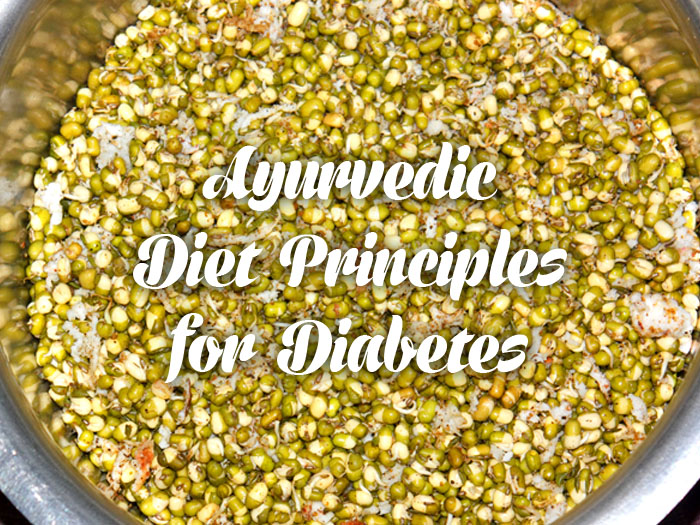Plants combine water, carbon dioxide from the air, and nutrients from the soil to synthesize all the compounds necessary for animal life. We live on vegetables whether we eat them directly or through animal intermediaries.
Root vegetables such as beets, carrots, parsnips and turnips are food storage organs and valuable sources of carbohydrates, stems, such as celery and fennel conduct nutrients between roots and leaves and in some plants such as potatoes and water chestnuts, underground stems have evolved into storehouses for starch. Vegetables with dark green leaves, including memebrs of the cabbage family (such as Broccoli, cauliflower, collard greens, kale and mustard greens) and spinach, are rich in antioxidants, bioflavonoids and the B vitamins. The leaves of all vegetables are factories for the production of high-energy sugars through photosynthesis. They are the most fragile parts of the plant, which is the reason they shrink more than other parts when cooked. The leaves of plants in the onion family have grown into fleshy bulbs that store carbohydrates and water to nourish the plant during its next year of growth. The flowers of some plants are also eaten; broccoli stems are eaten with their unopened flower buds and the flowers of zucchini are a delicacy.
It is highly recommended that we eat 5 to 10 servings of fruits and vegetables daily. A serving is a half cup of raw or cooked vegetables, a cup of leafy salad vegetables, or a half cup of juice. Nutritionists recommend choosing a variety of vegetables, both raw and cooked, including richly colored orange, red, dark green and yellow vegetables, vegetables from cruciferous family and allium vegetables such as onion and garlic. In addition to antioxidants, vitamins and minerals, these plants are teeming with the disease fighting compounds known as phytochemicals.
Most vegetables are excellent sources of vitamins, fiber, folate, potassium, as well as some other minerals. They are also rich in various phytochemicals that provide protection from disease. Vegetables are low in fat and usually low in calories. Green vegetables get their bright color from chlorophyll, the pigment that traps the energy from sunlight and makes it available for the production of sugars from water and carbon dioxide. Although chlorophyll is soluble only in fats, cooking vegetables in water liberates the enzyme chlorophyllase, which breaks chlorophyll down into water soluble components. This has no nutritional consequence, but the green color of the vegetable is diminished.
The main points regarding healthy eating are as follows:
• Eat regular meals.
• Include a starchy carbohydrate food such as bread, cereal, potato, rice or pasta (eat the appropriate portion) at each meal.
• Limit your intake of sweet and sugary foods.
• Reduce your fat intake and change the type of fat you eat.
• Eat fruit and vegetables regularly, a total of 5 portions of a mix of fruit and vegetables every day.
• Eat fish twice a week: white fish once a week and oily fish once a week.
• Avoid adding salt to food and cut down on processed foods.
Regular Meals
• Have regular meals at regular times each day. Have a breakfast, lunch or tea type meal and a dinner.
• If you are hungry in between your meals, you can have a low fat snack e.g. fruit or a diet yogurt.
• Eating regularly means you have to plan ahead. If, for example, you have to make a long journey, prepare some food to take with you so you can have something to eat at the normal time.
Carbohydrates
This food group has the largest effect on blood glucose levels because when they are digested carbohydrates are broken down into glucose (sugar). Carbohydrates consist of sugars Bouncy Castle and starches and are an important energy source for the body and brain. However with diabetes it is important to choose the right carbohydrates that help control blood glucose levels.
The following foods are sources of Carbohydrates:
Starchy Carbohydrates
• All types of bread and crackers • Potatoes
• Cereals • Pasta / Rice / Noodles Yam/Plantain Sugary Carbohydrates
• All sweet foods (cakes, chocolate, biscuits, jams, marmalades, non-diet fizzy drinks etc.) Naturally Occurring Sugars
• Fruit and fruit juices
• Pulse vegetables (peas, beans, lentils)
• Dairy food (milk, yogurt)
Starchy foods should form part of each meal. Choose similar sized portions of carbohydrate at each main meal as this can help to control your blood glucose levels. Carbohydrates 6 Try to use wholegrain or wholemeal varieties of these foods to increase the fibre content of your diet e.g. wholemeal or wholegrain bread, wholegrain cereals, wholewheat pasta and brown rice. Adequate fibre in the diet ensures healthy bowel functioning.
Sugar & Sweet Foods
Sugar and sweet foods can cause your blood glucose level to rise outside the normal range. Sugary foods can also be high in calories and cause weight gain so for these two reasons these foods should be limited. Sweet foods should be reserved as a treat and not something to be indulged in daily. It is also important to choose foods that have a low sugar content. The table opposite shows suitable low sugar alternatives.
Fats
Having Type 2 Diabetes increases your risk of heart disease but eating less fat in your diet can help reduce that risk. As well as eating less fat it is important to eat the right type of fat. There are different types of fat in our diet: Saturated fat is the fat in our diet that contributes to raised cholesterol. Raised cholesterol increases the risk of a heart attack and stroke. Saturated fat is found in butter, cream, fat on meat, meat products such as sausages and black and white pudding, cakes, tarts, take-away foods, crisps, chocolate, fudge and toffees….(more)
To read the full article please download our Asana Journal App or purchase Issue 171 March 2017.




















 Other
Other